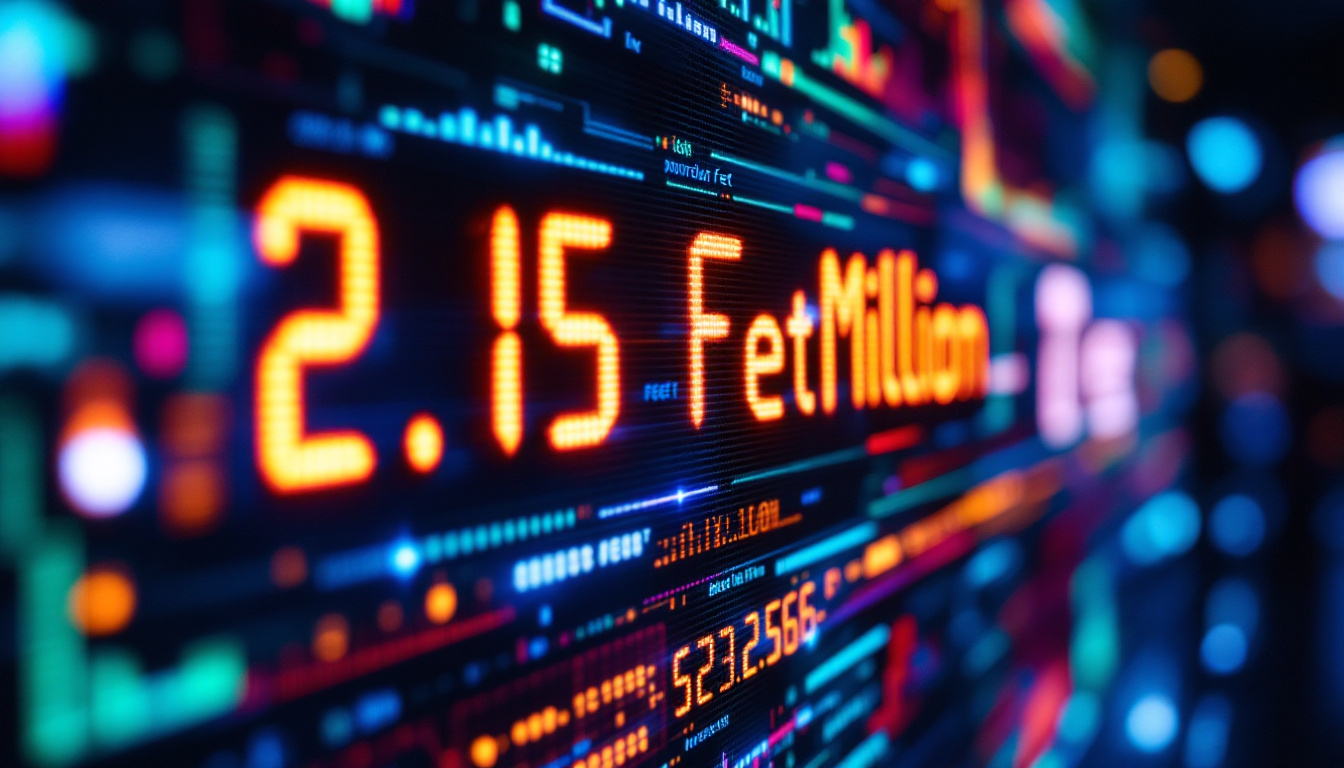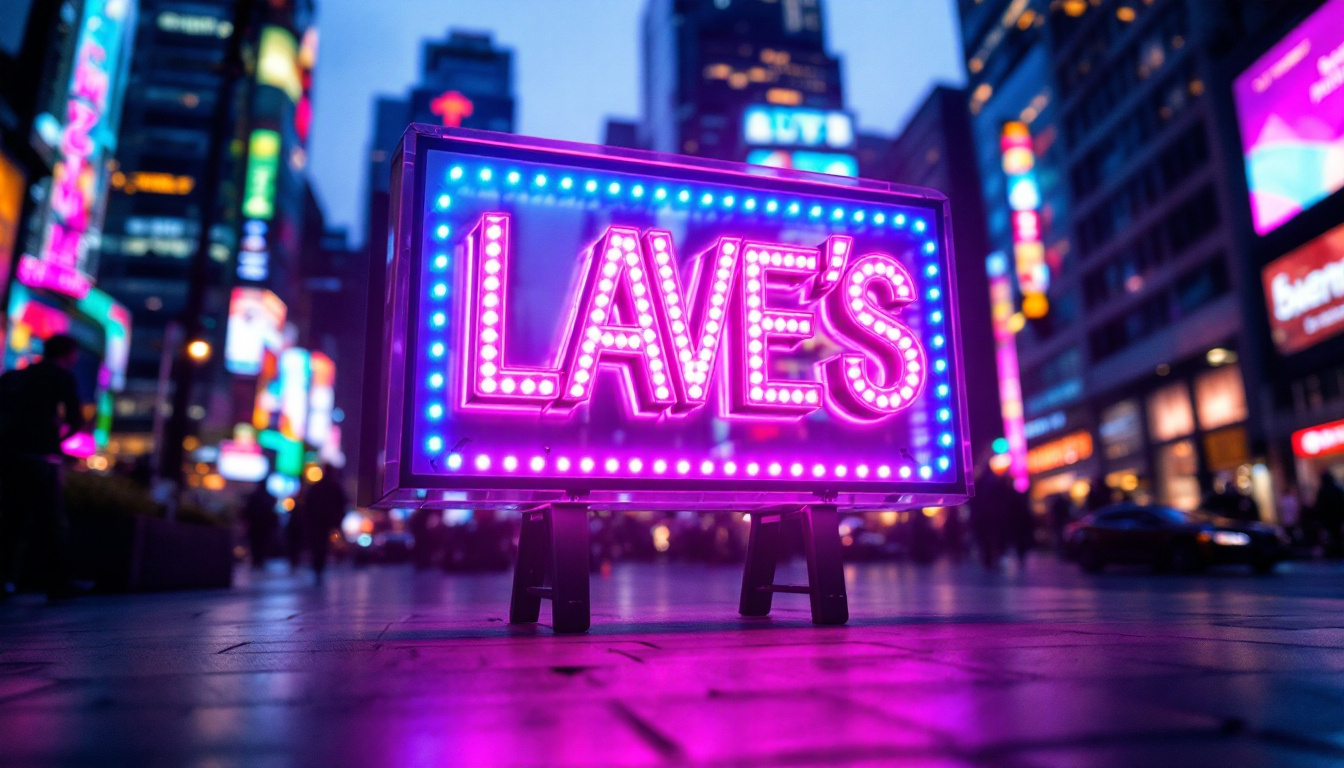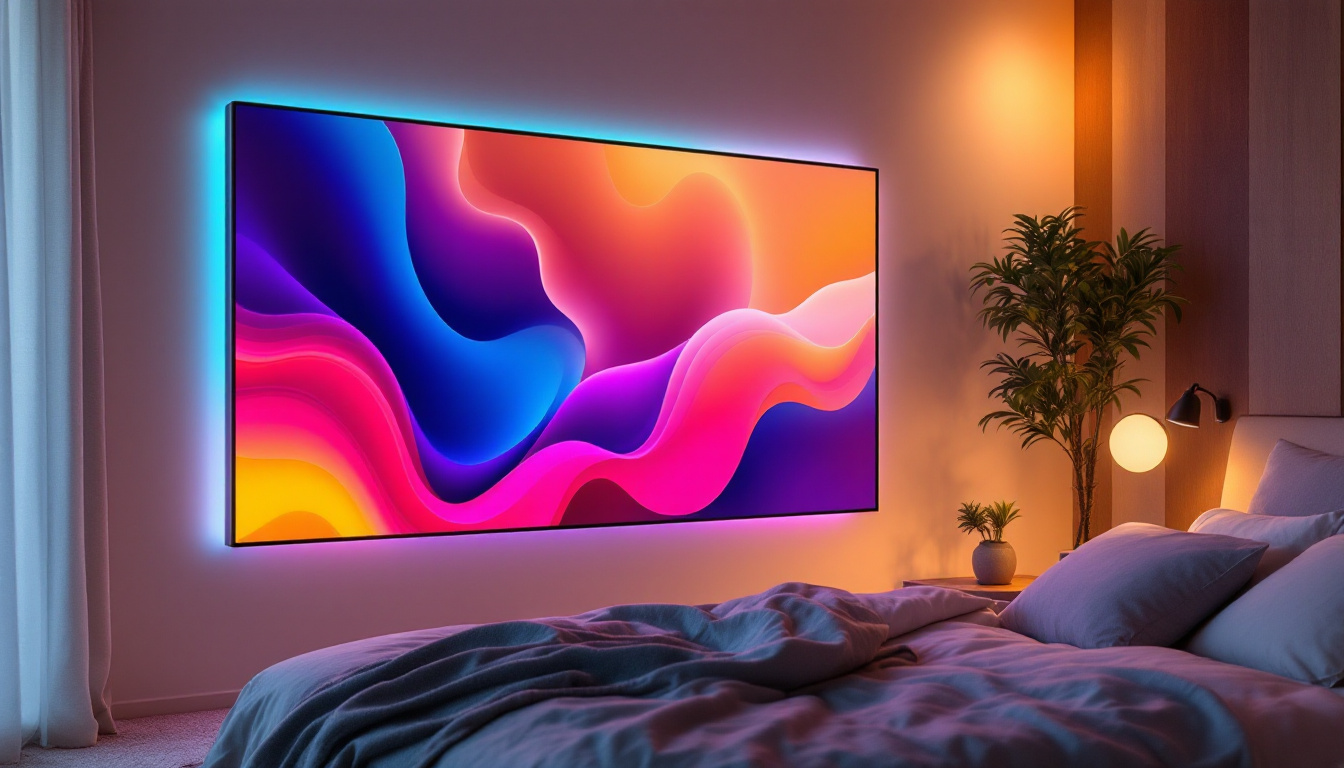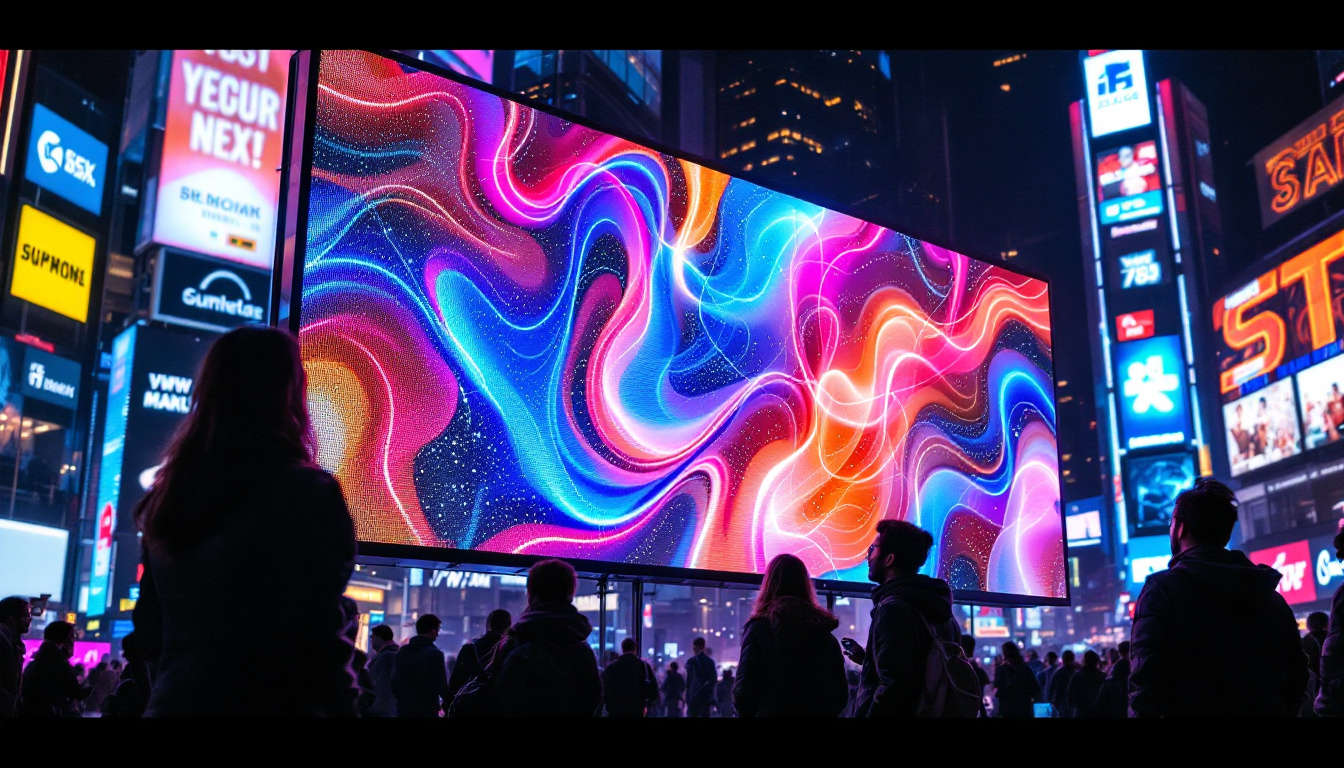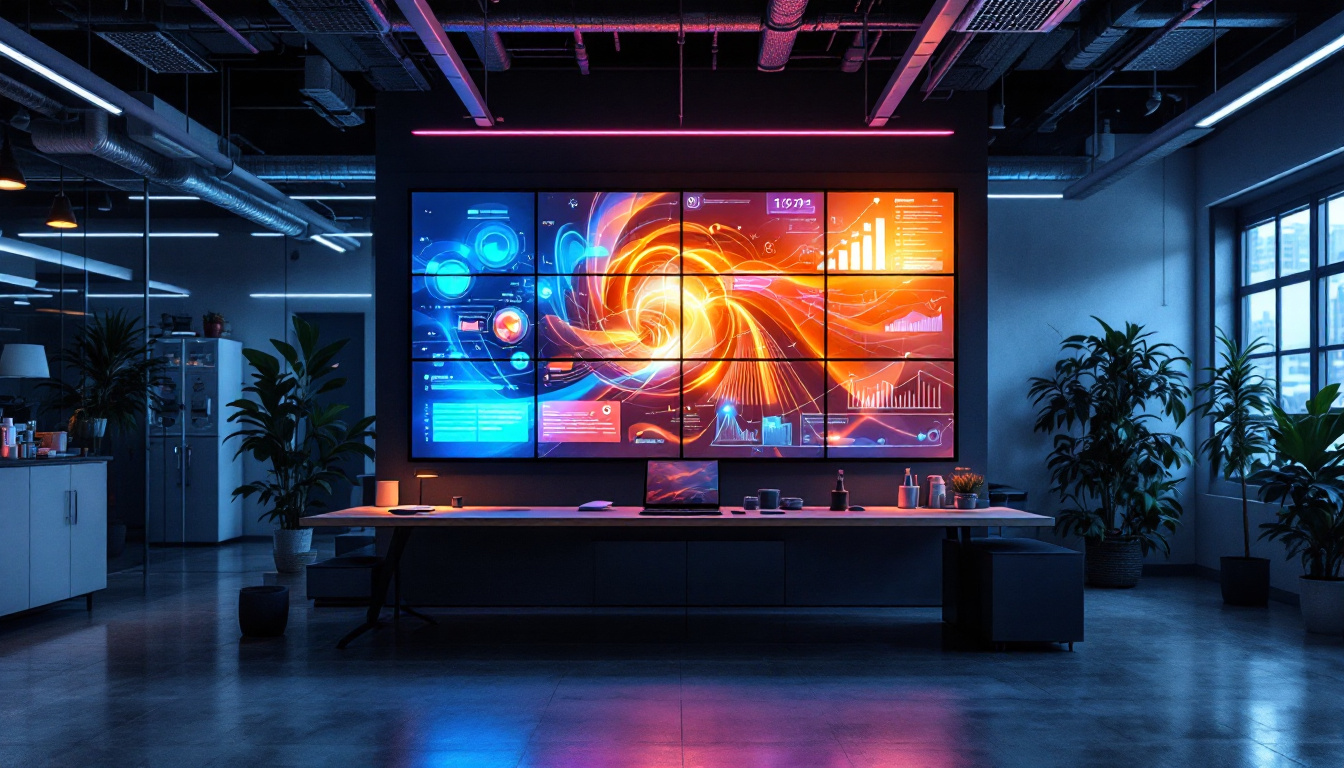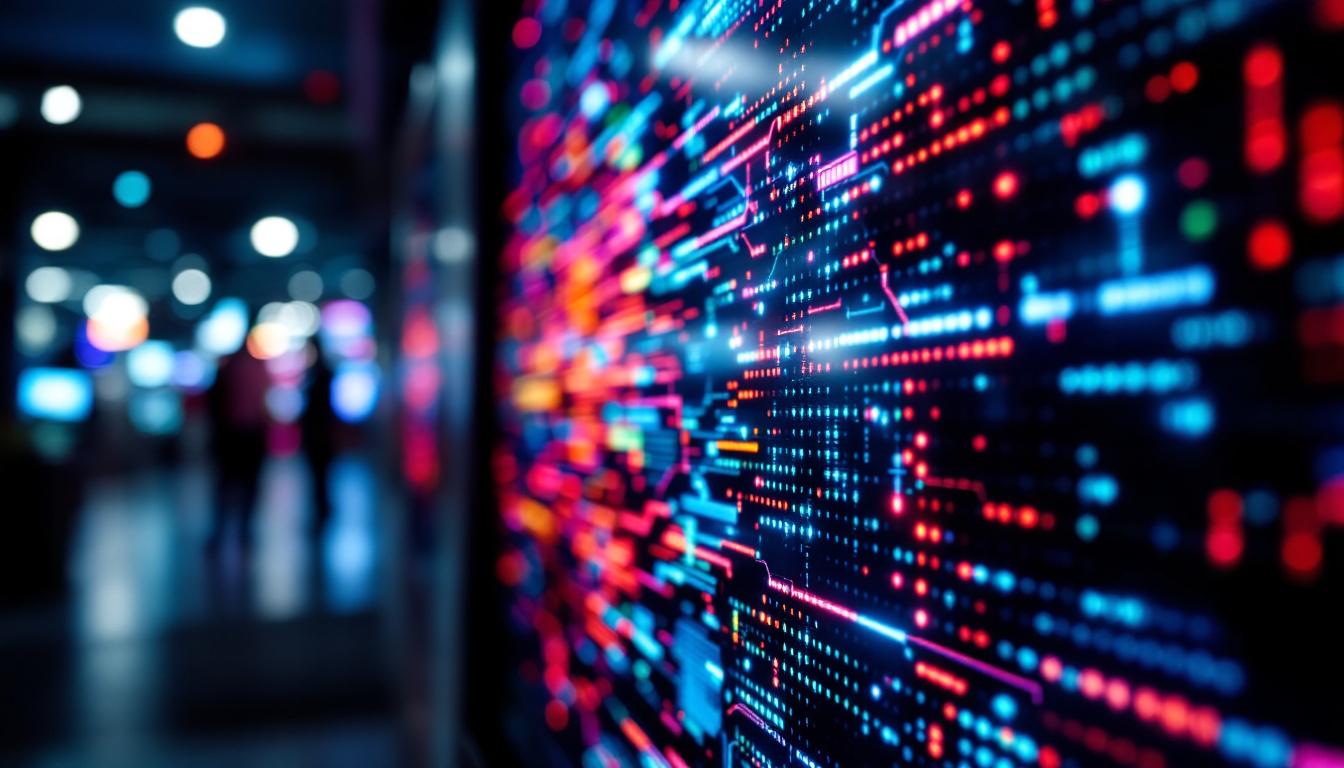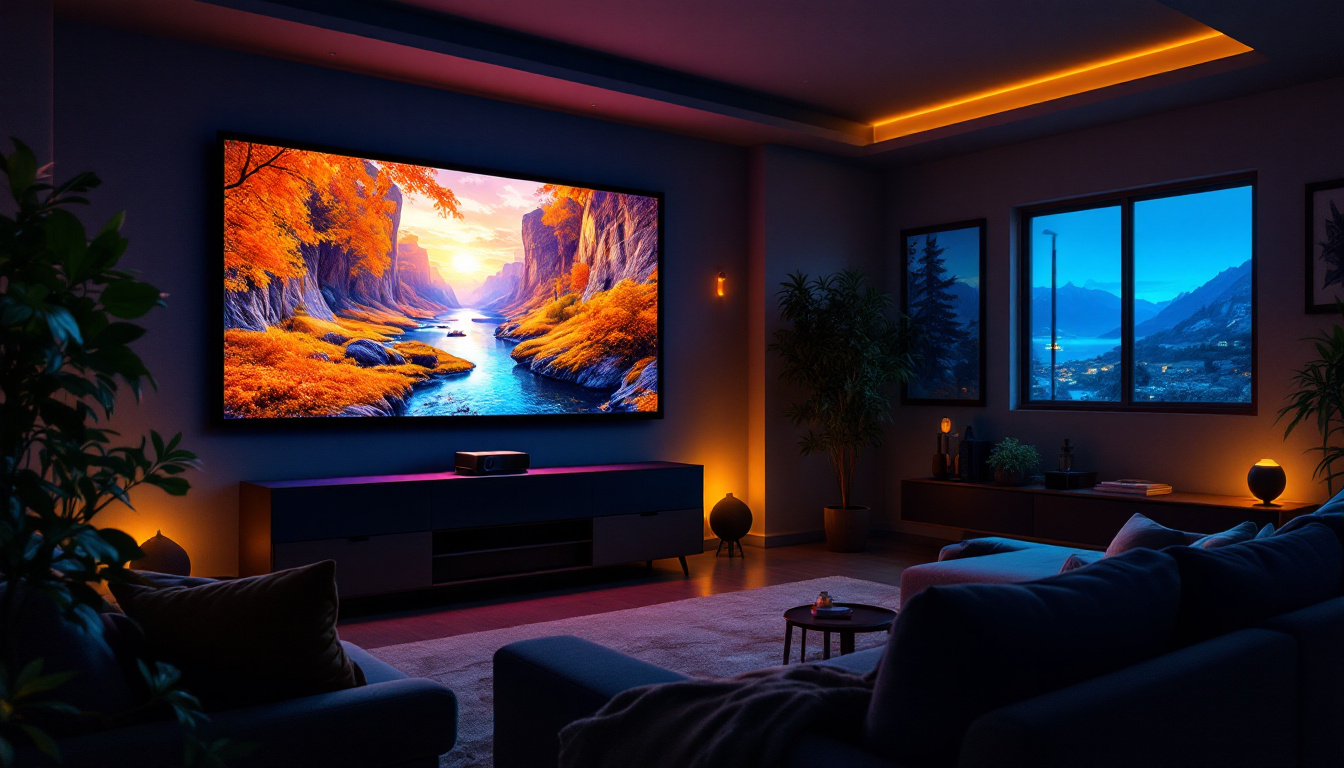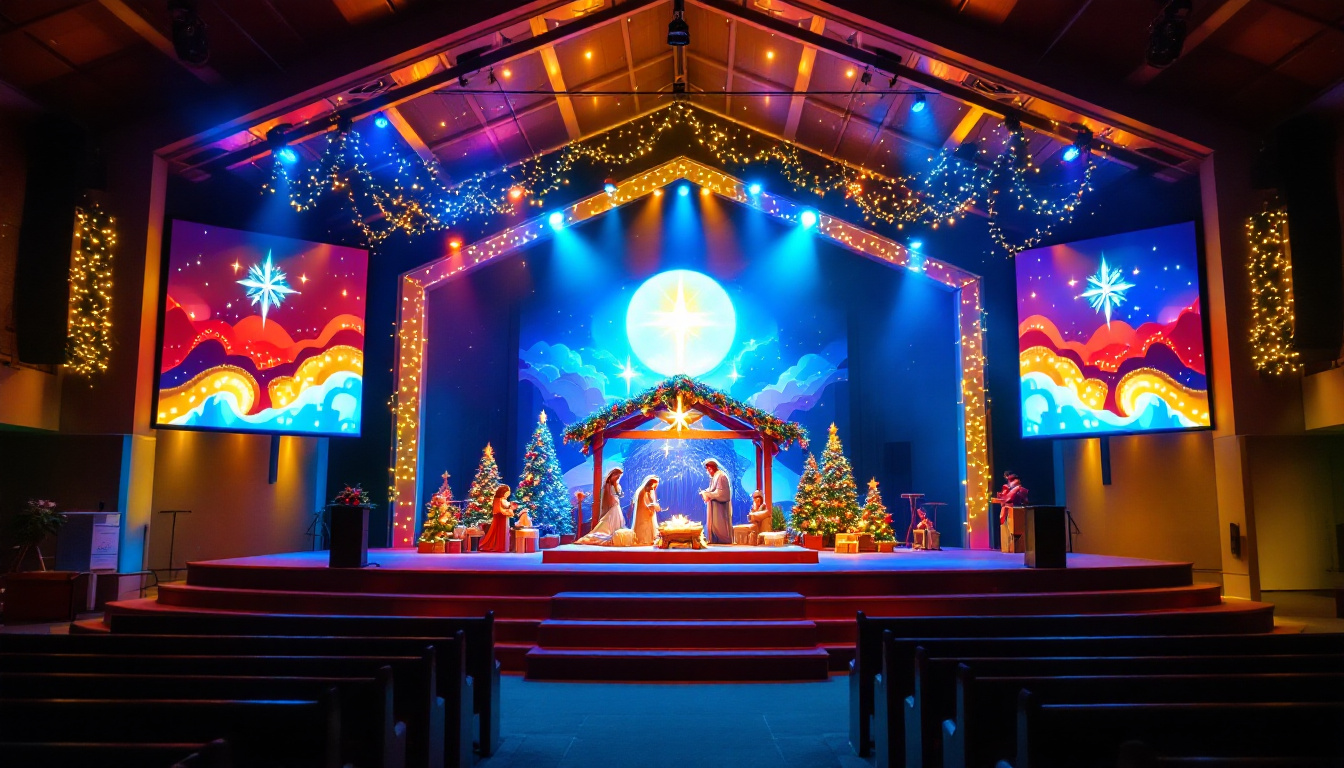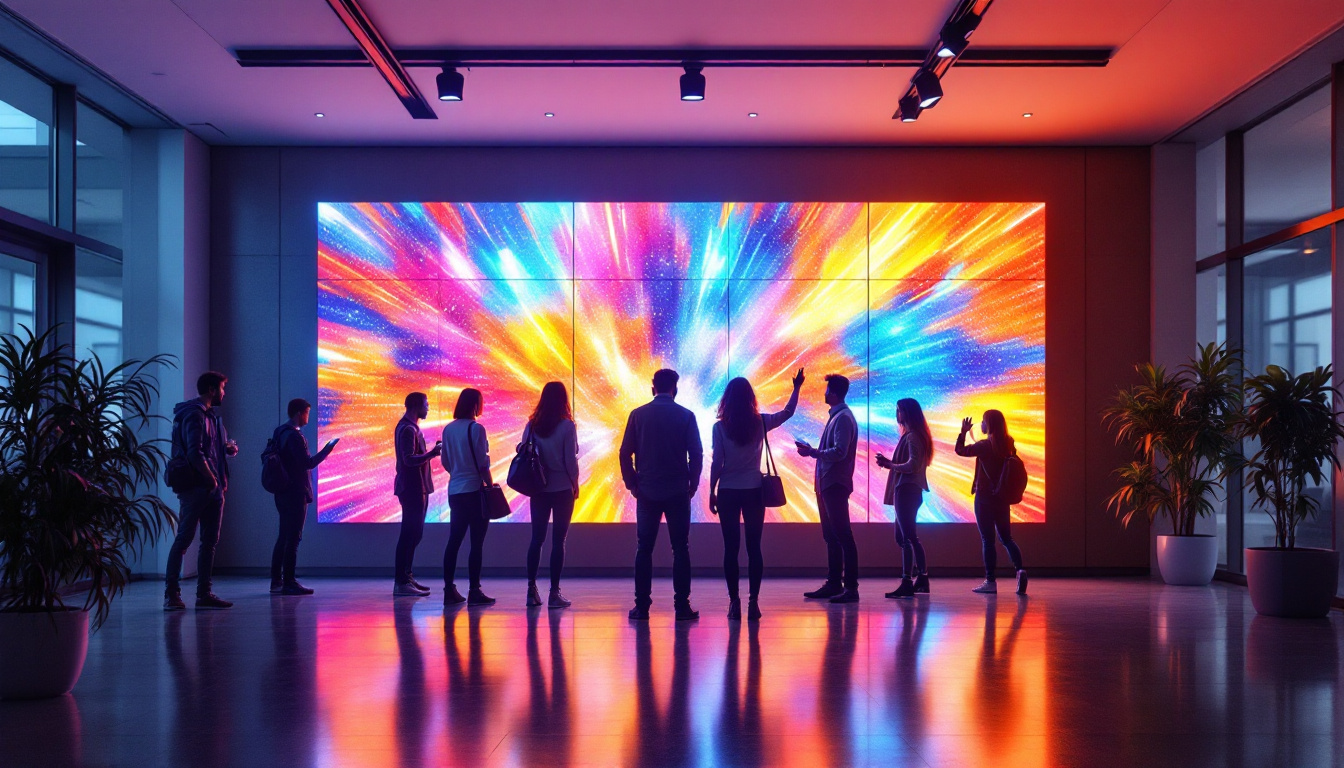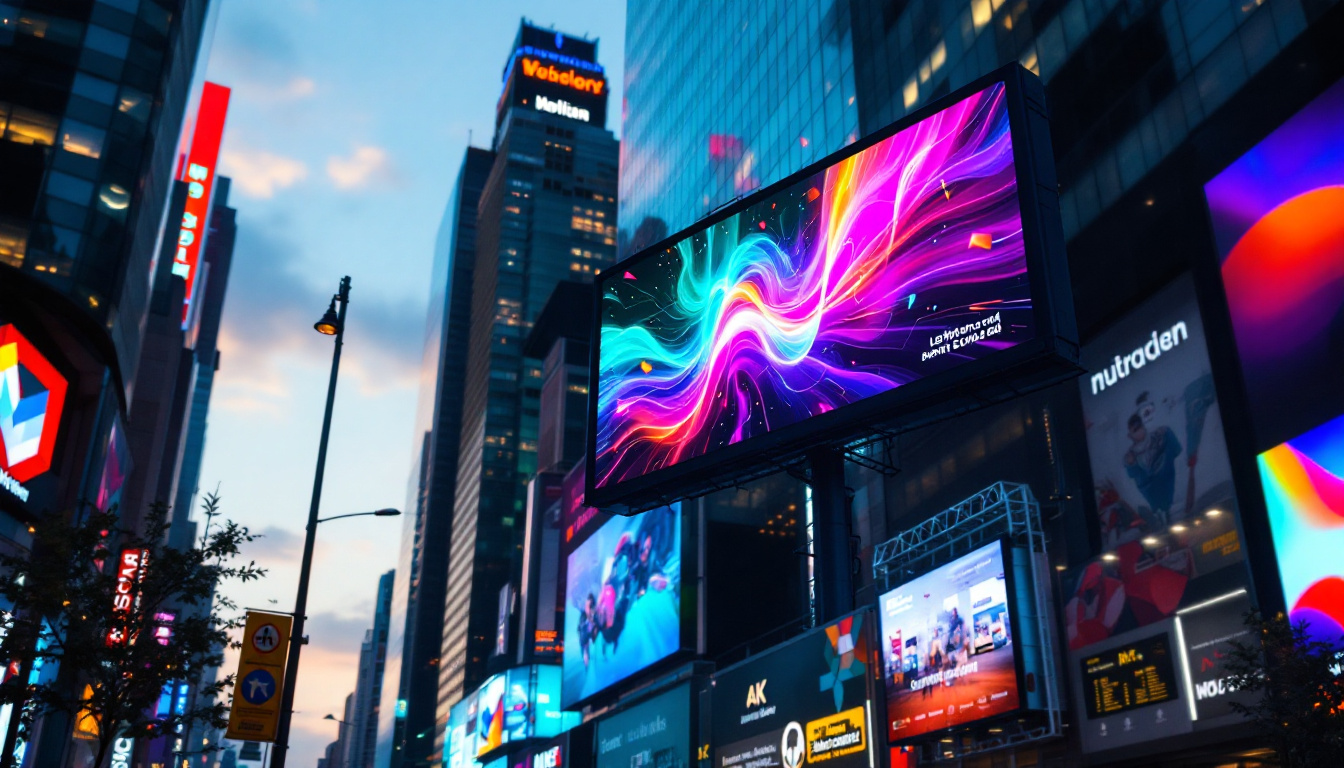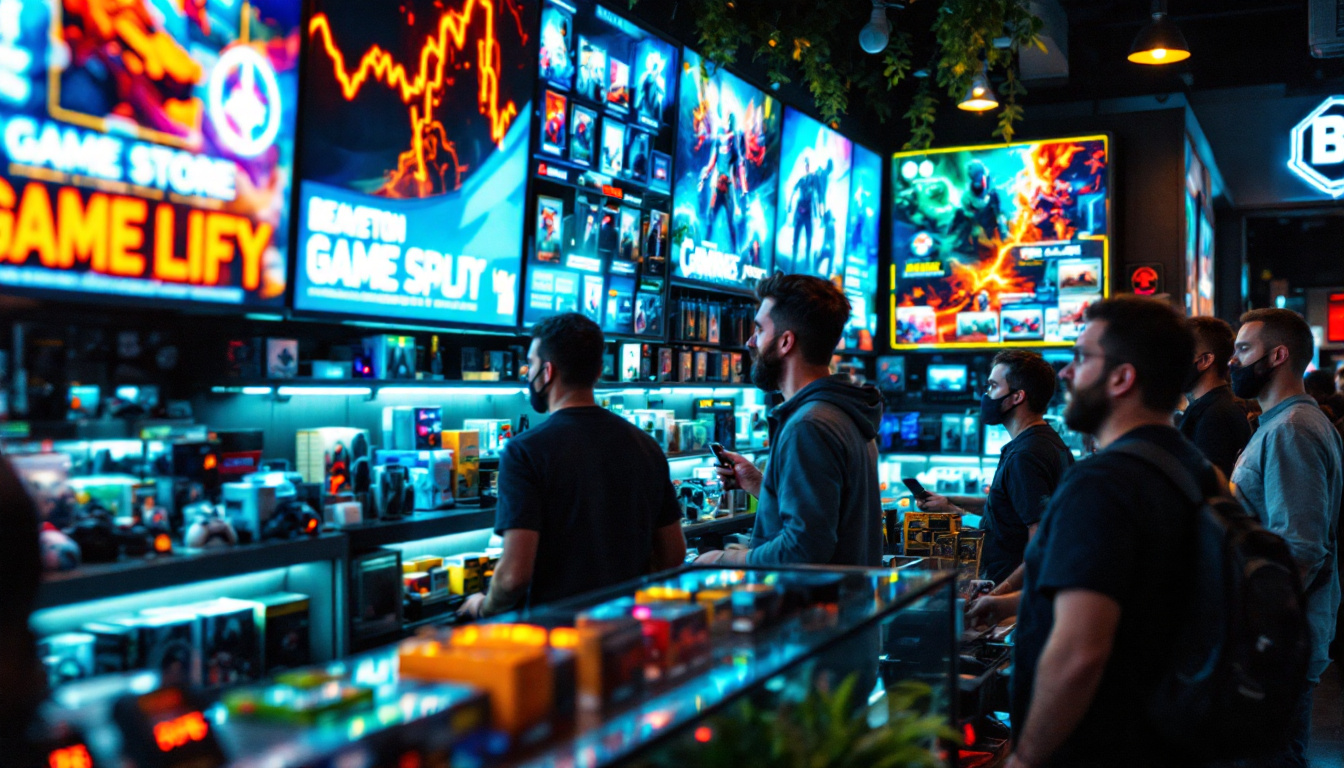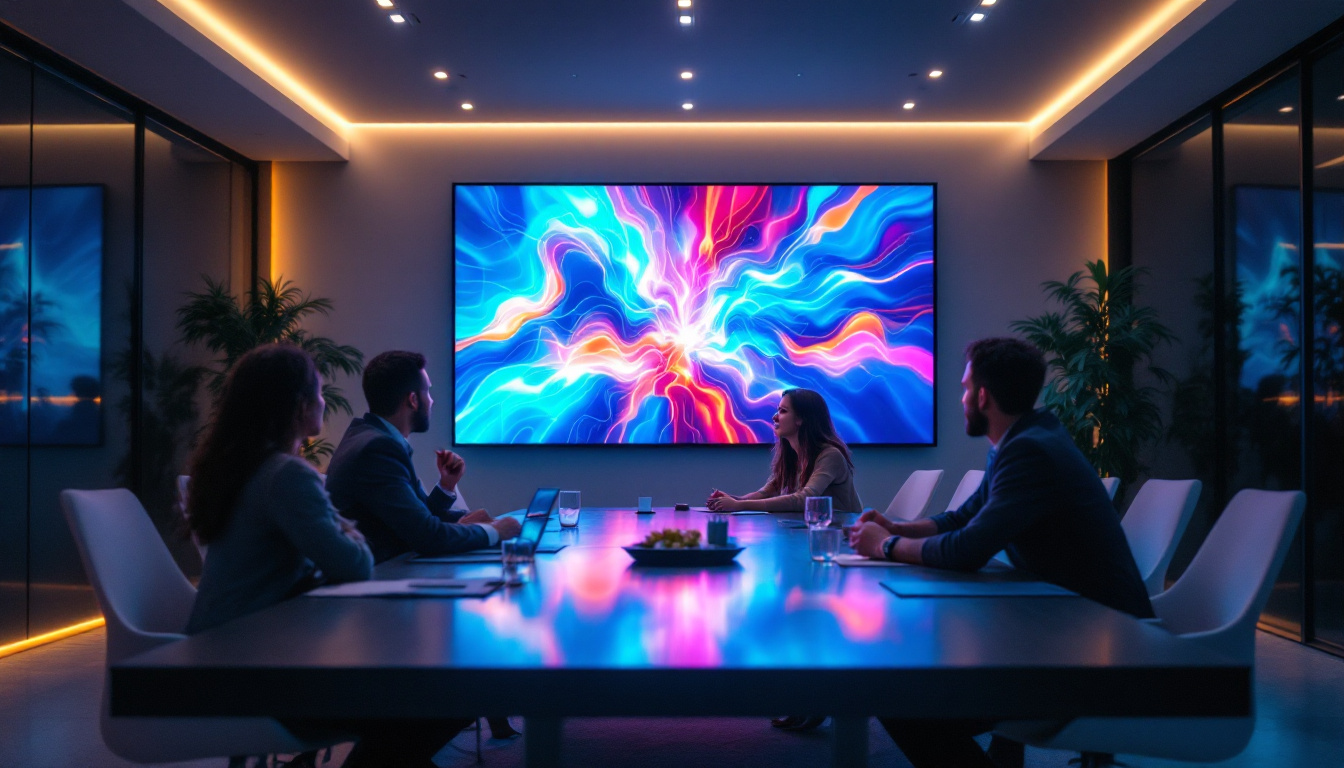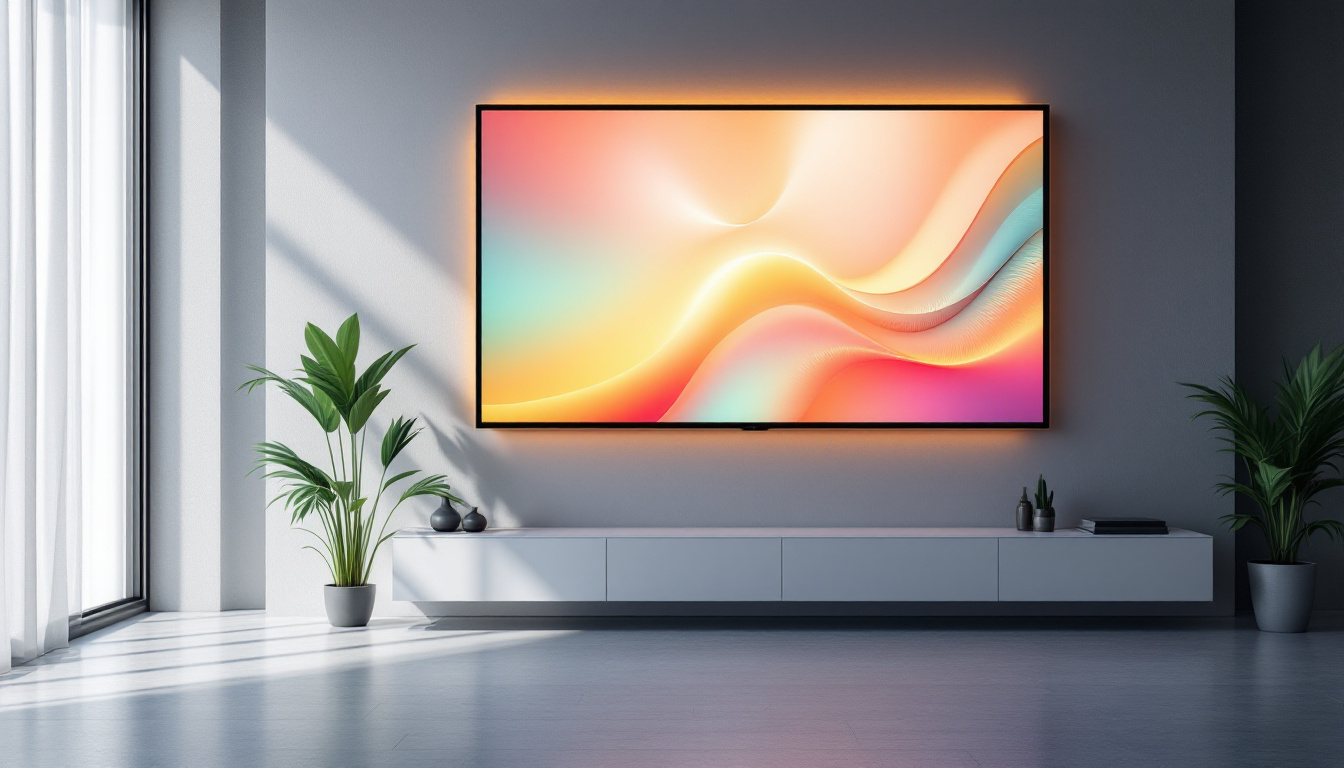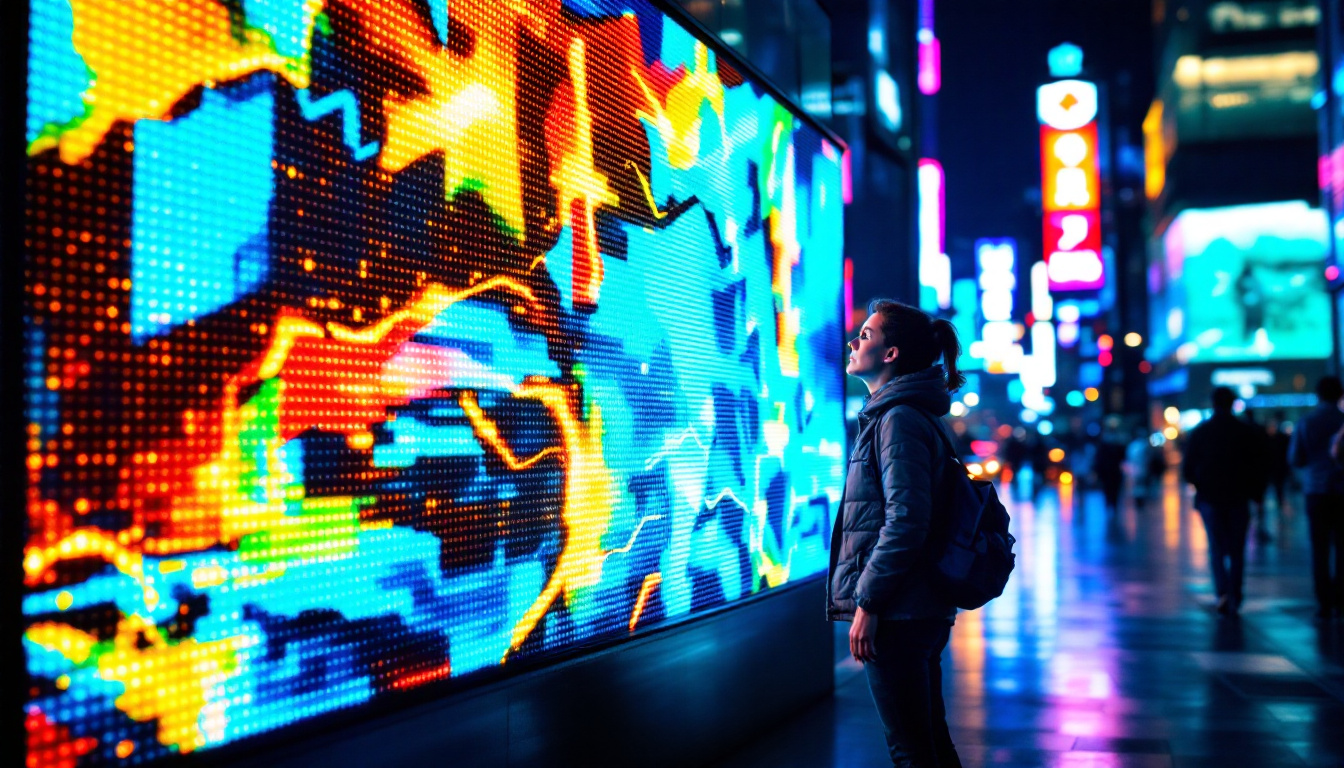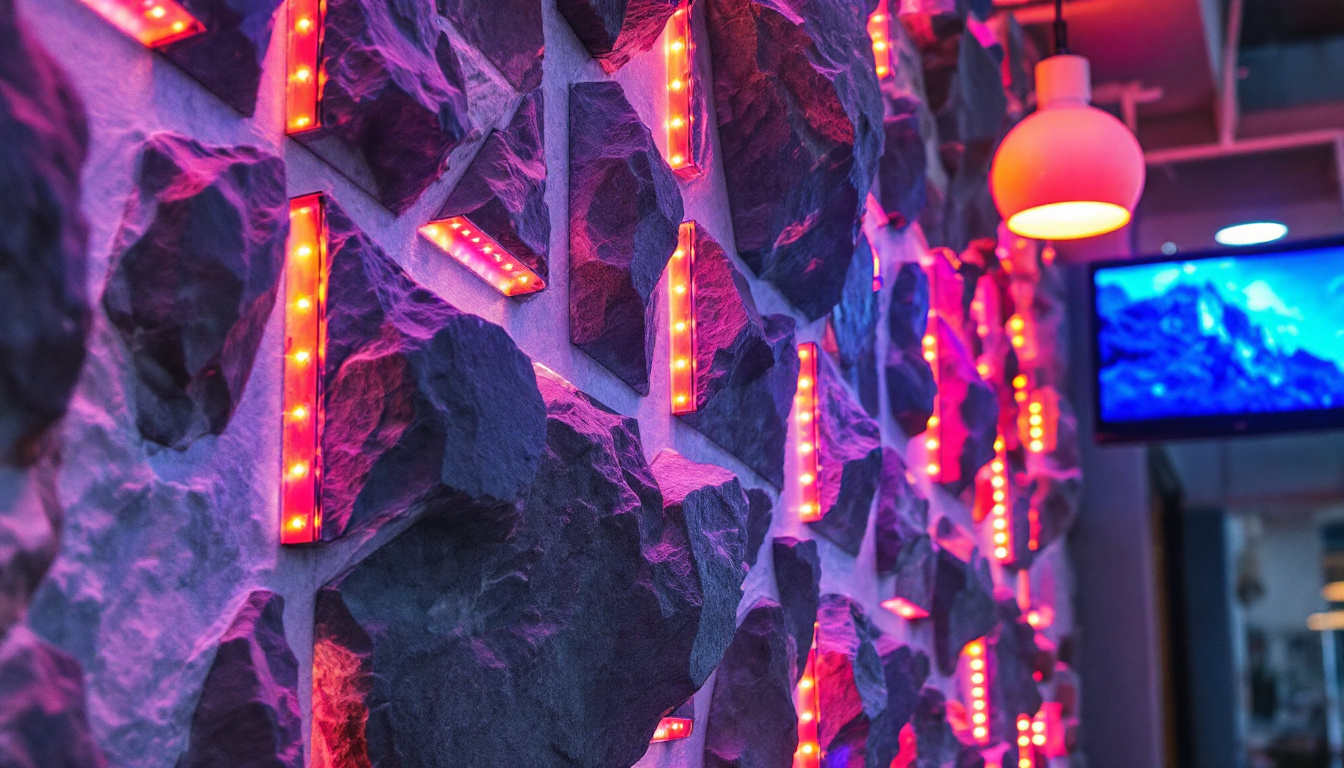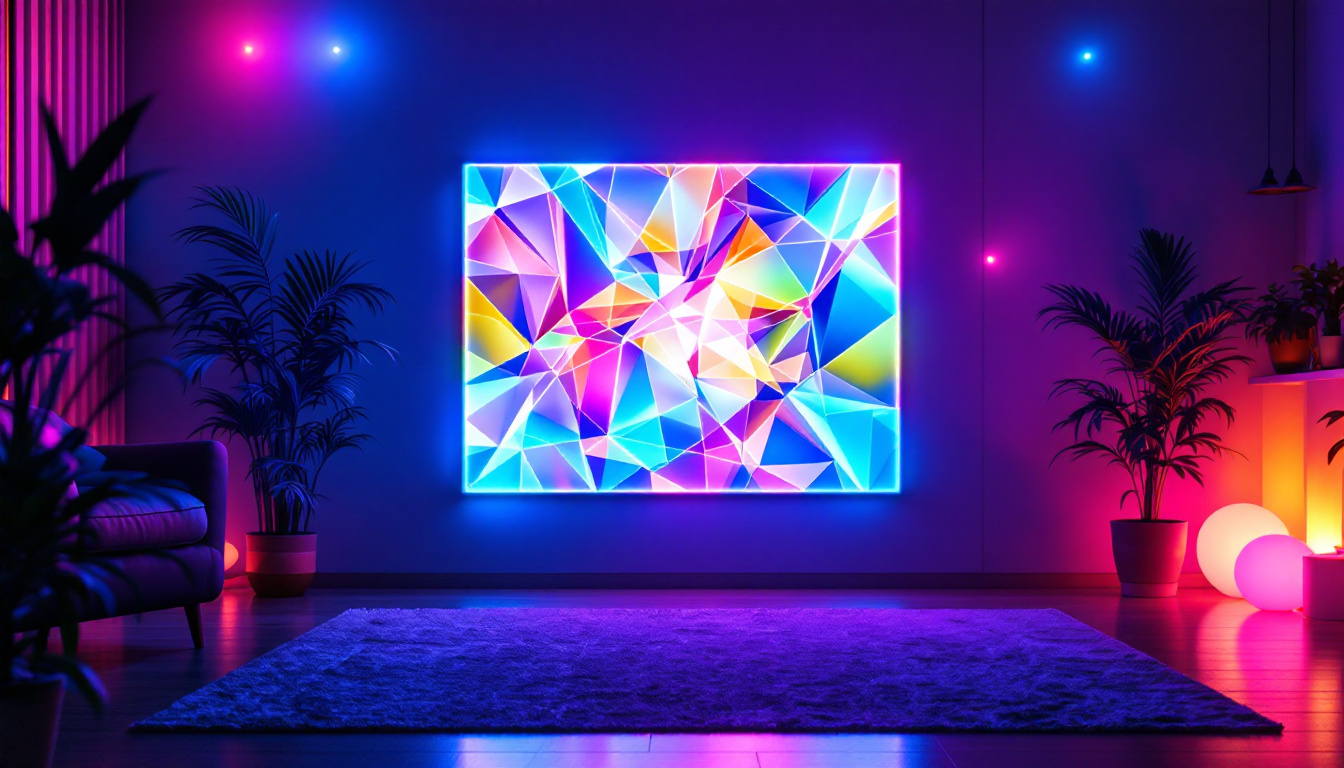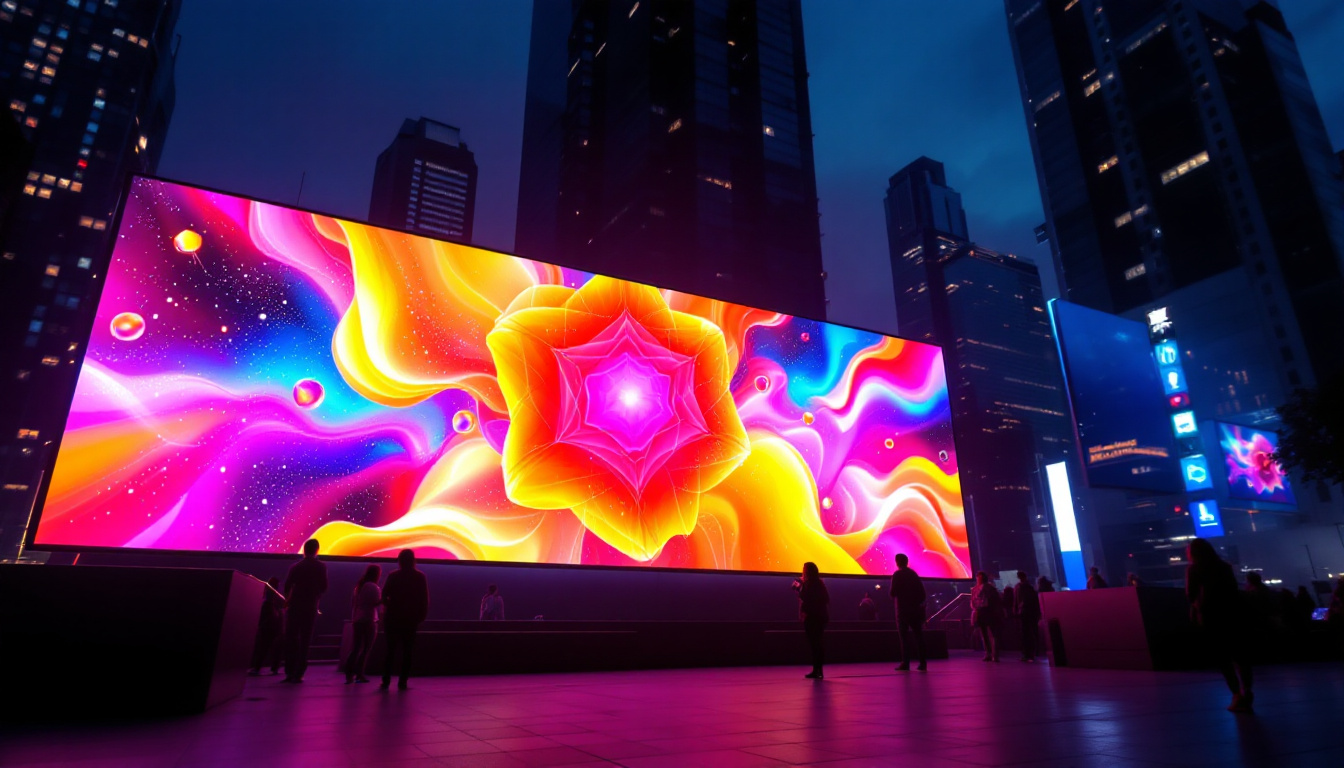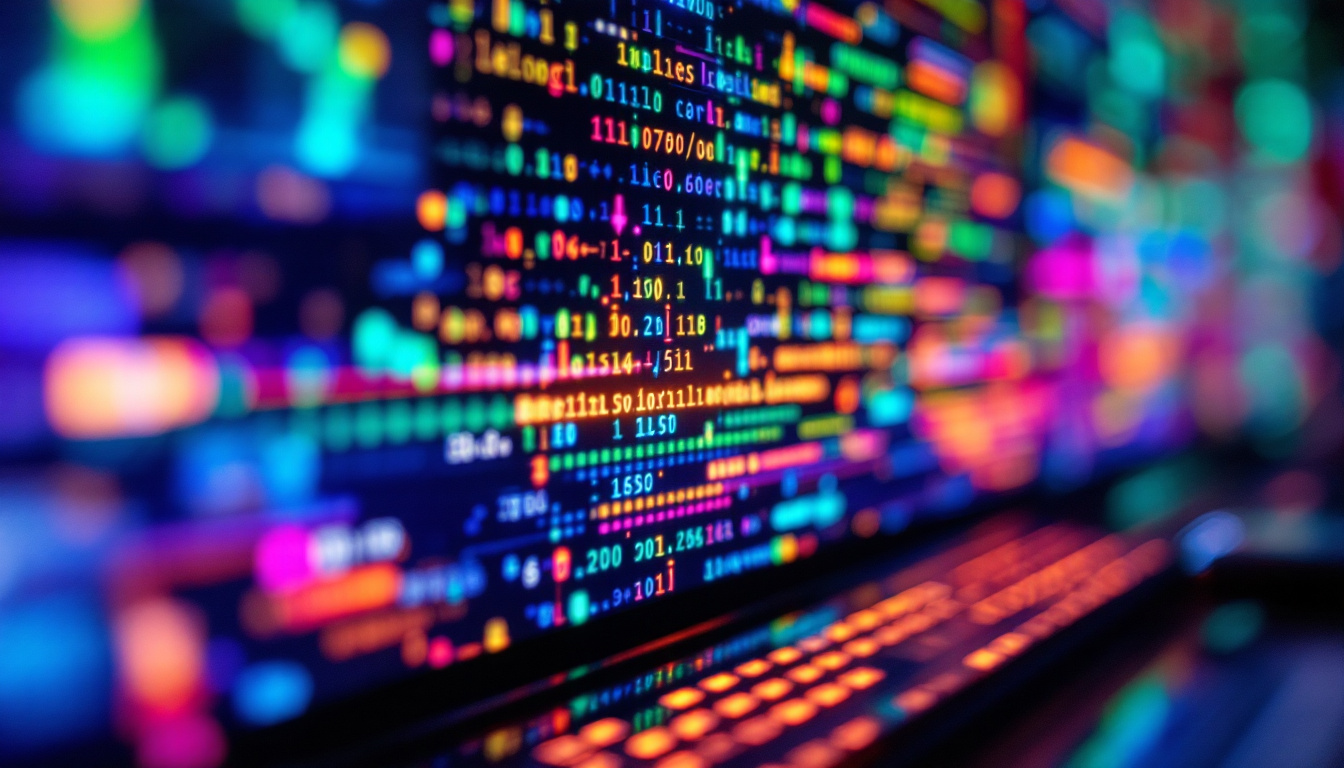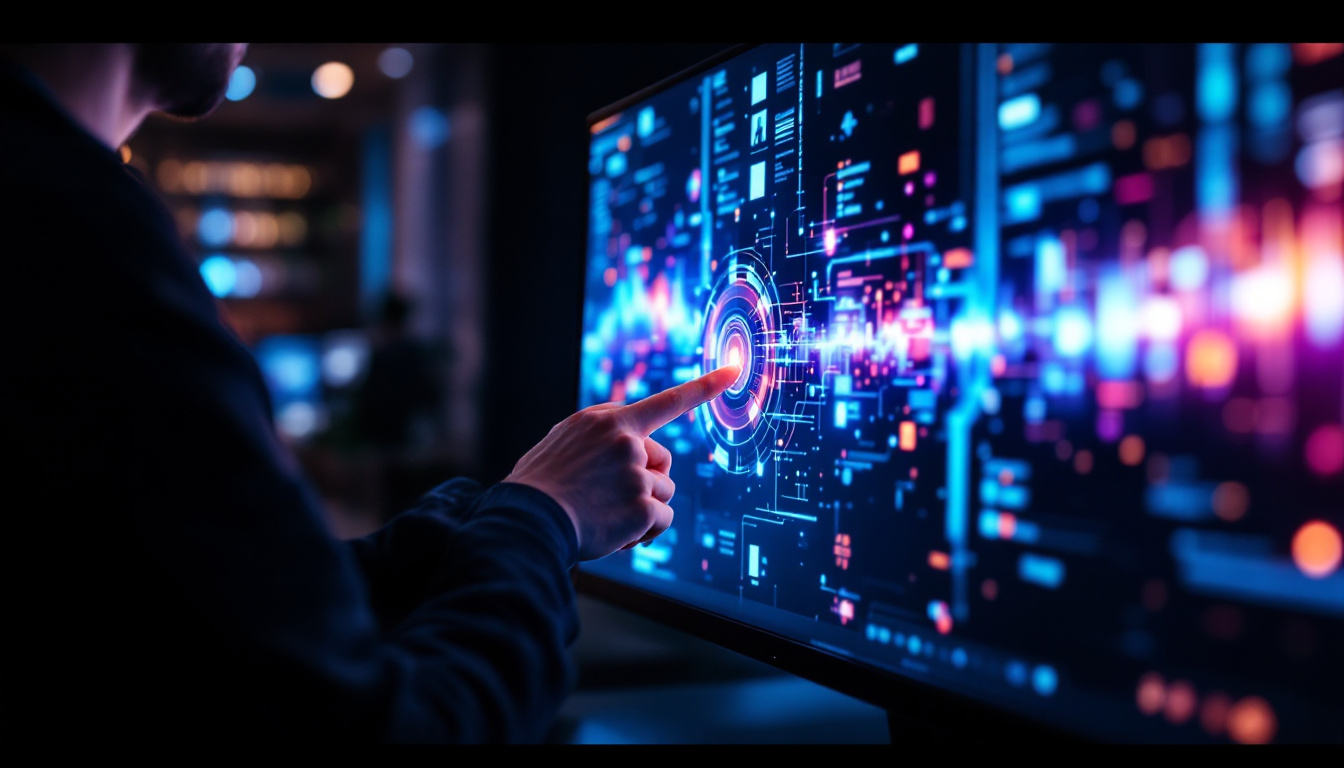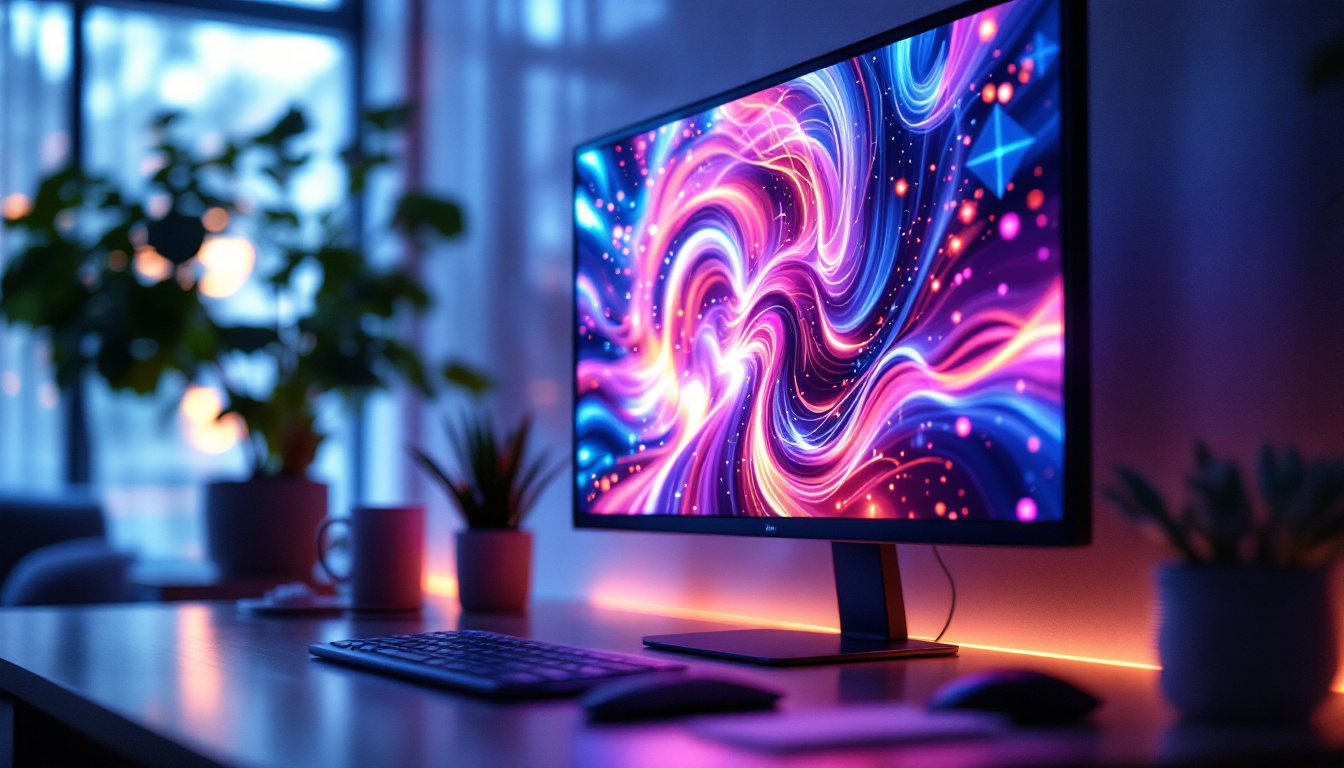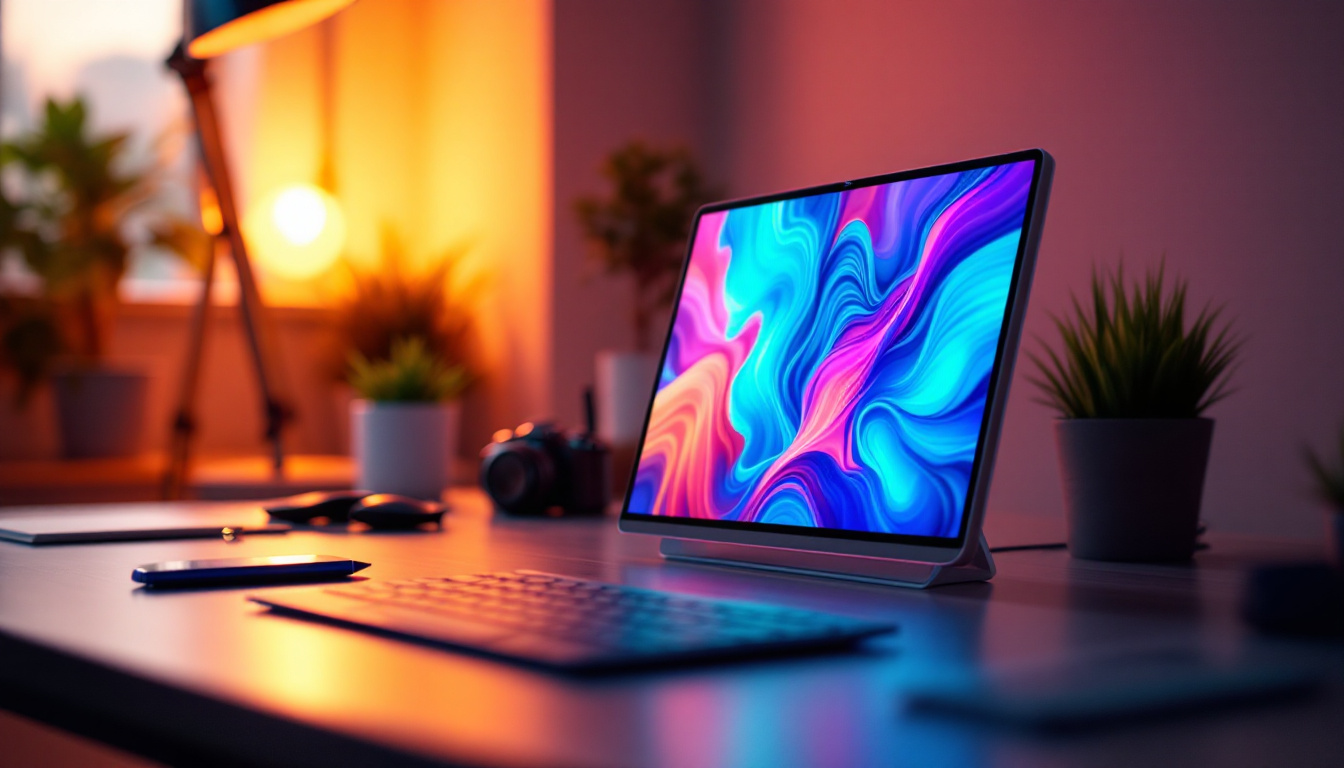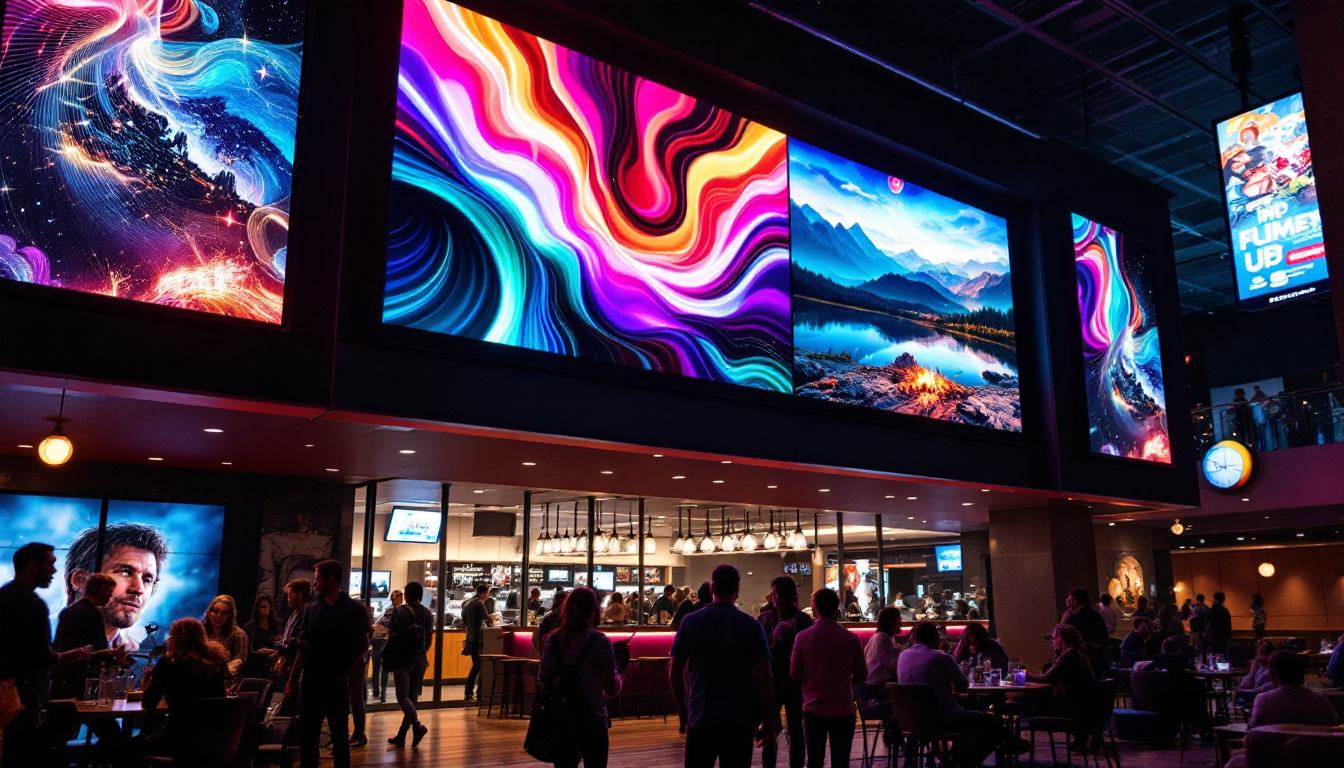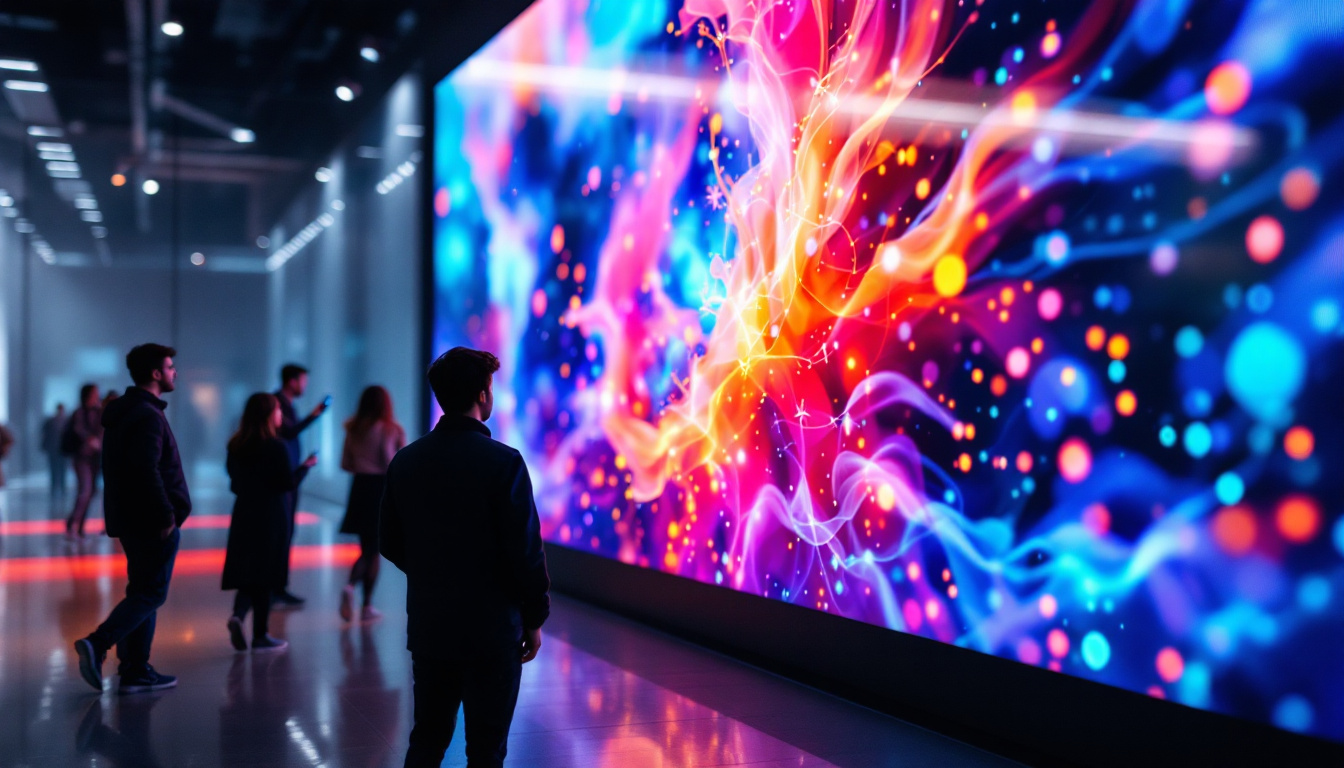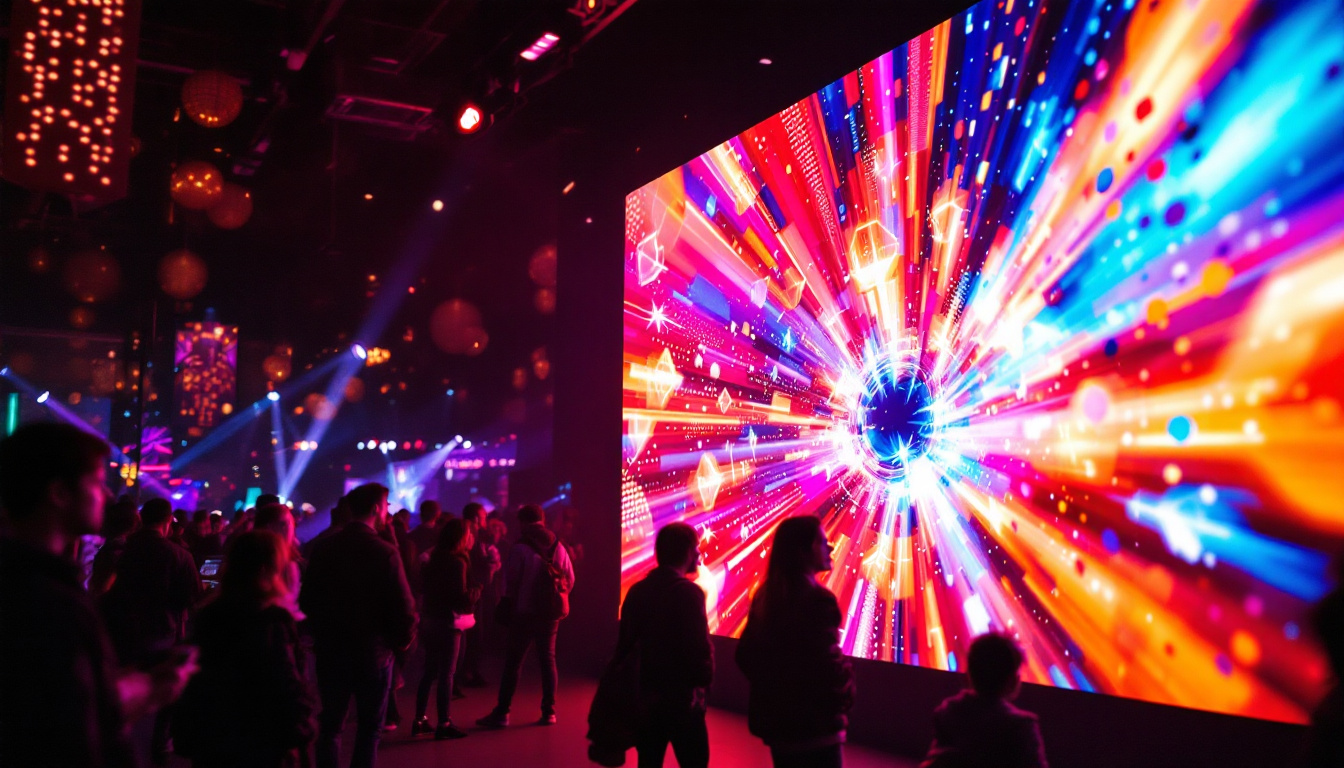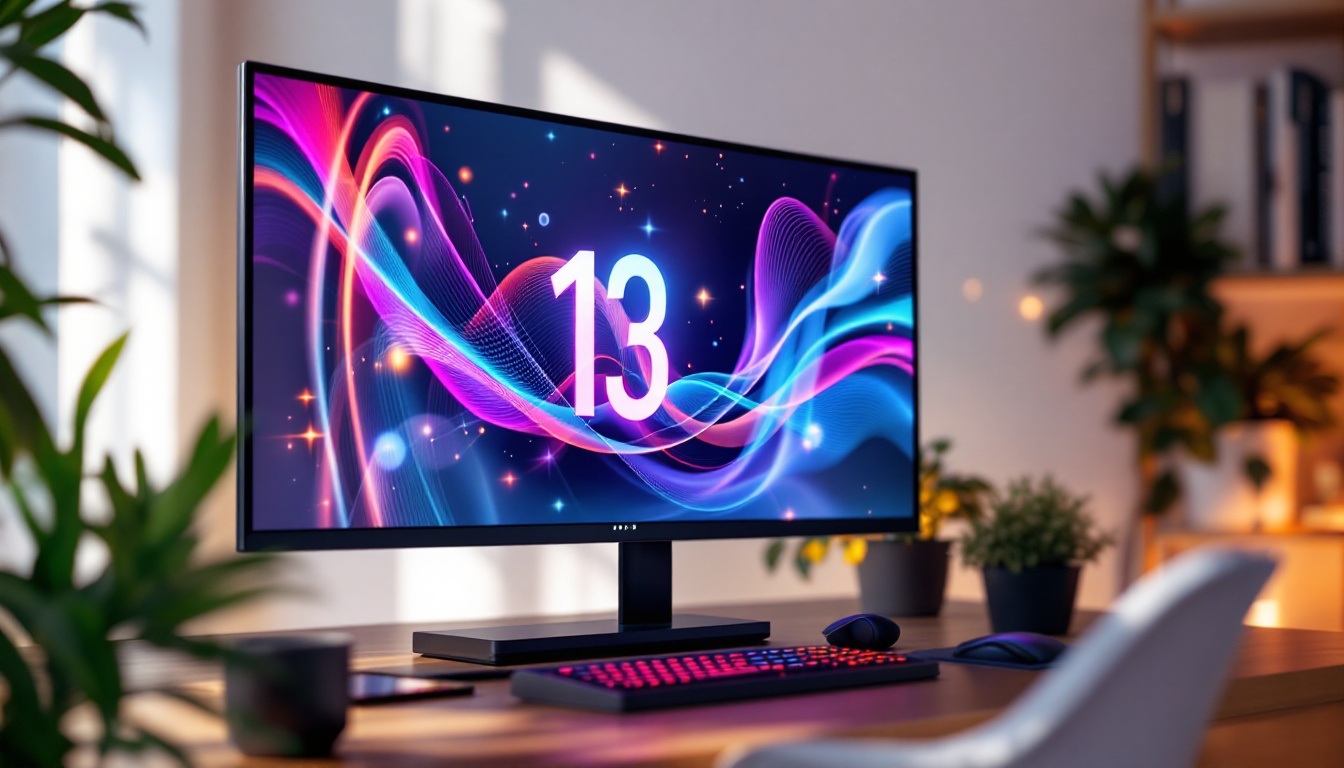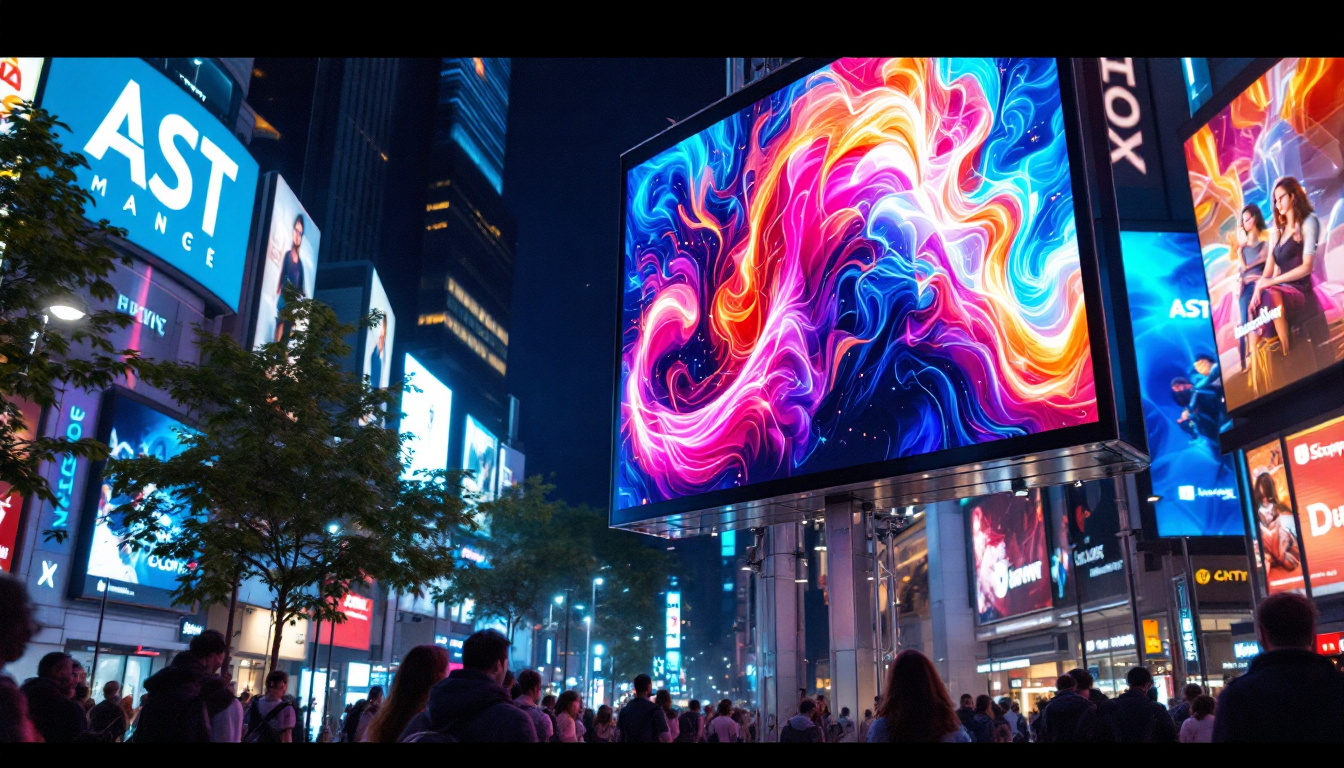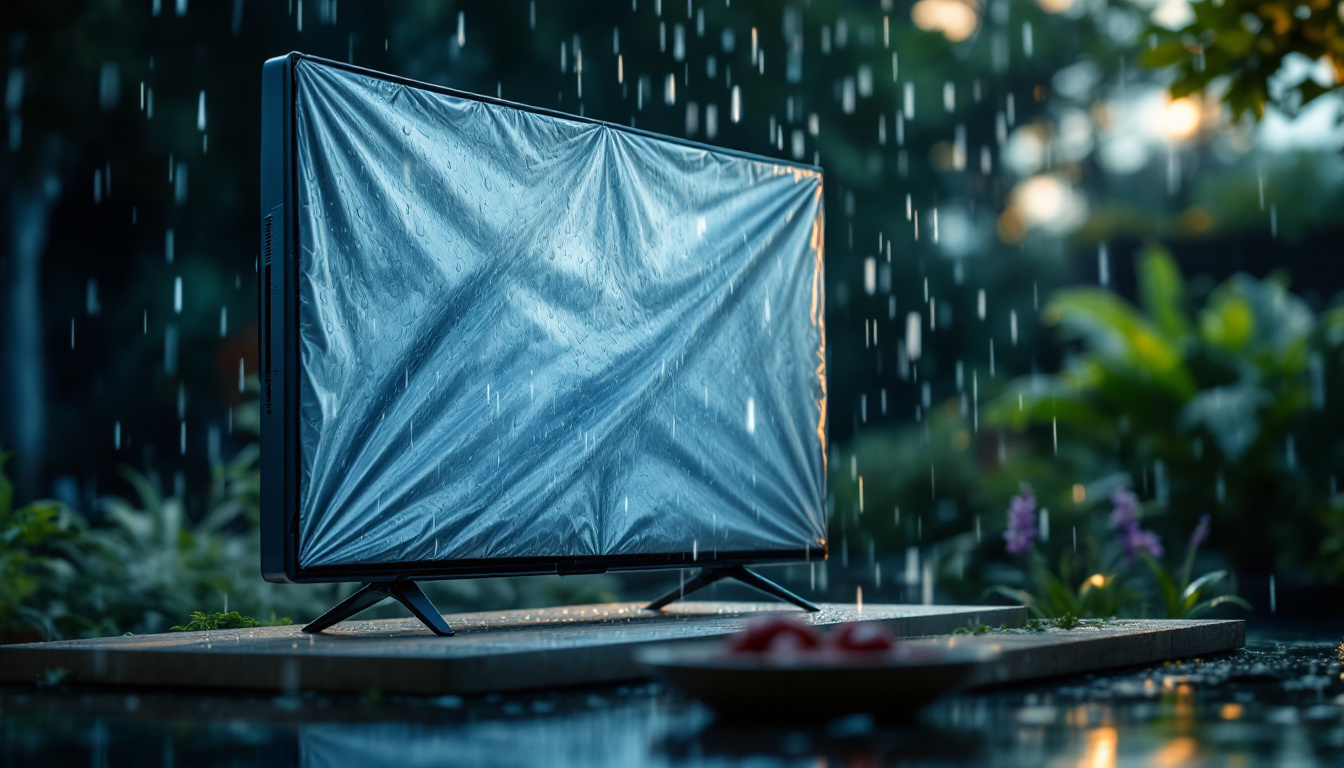In today’s fast-paced digital world, the demand for high-quality visual displays has surged. Among the various display technologies, LED (Light Emitting Diode) displays stand out for their brightness, energy efficiency, and versatility. This article delves into the conversion of measurements, specifically converting 2.15 meters to feet, and explores the significance of LED displays in modern applications.
Understanding the Conversion: 2.15 Meters to Feet
Converting measurements from one unit to another is a common necessity, particularly in fields such as engineering, construction, and design. The metric system, which uses meters, is prevalent in many countries, while feet are commonly used in the United States and a few other regions. Understanding how to convert between these units is essential for effective communication and accurate measurements.
The Conversion Formula
To convert meters to feet, the standard conversion factor is used: 1 meter is approximately equal to 3.28084 feet. Therefore, to convert 2.15 meters to feet, the calculation is straightforward:
2.15 meters × 3.28084 = 7.054 feet
This means that 2.15 meters is equivalent to approximately 7.054 feet. Such conversions are crucial when designing LED displays, as the size and dimensions of the display must be accurately represented in the unit of measurement that is most relevant to the project.
Practical Applications of Measurement Conversion
In many industries, accurate measurements are vital. For instance, architects and engineers often work with both metric and imperial systems, depending on the location of their projects. When designing LED displays for outdoor advertising, event staging, or architectural lighting, understanding the dimensions in both meters and feet ensures that the display fits the intended space and meets regulatory standards.
Furthermore, in the realm of sports and entertainment, LED displays are often measured in feet. Knowing the exact size of a display in feet allows event organizers to plan effectively, ensuring that the visual elements are both impactful and functional. The height and width of these displays can significantly influence the audience’s viewing experience, making it essential to convert measurements accurately to optimize visibility and engagement.
In addition to entertainment and advertising, the conversion between meters and feet is also critical in the field of international shipping. When goods are transported across borders, dimensions must be reported in the appropriate units to comply with regulations and ensure safe handling. For example, a shipping container’s dimensions may be specified in meters, but the receiving dock may require those measurements in feet for loading equipment. This necessity for precision highlights the importance of understanding and applying measurement conversions in various contexts.
The Rise of LED Displays
LED displays have revolutionized the way information is presented. Their ability to provide vibrant colors, high brightness, and energy efficiency makes them the preferred choice for various applications, from billboards to television screens. Understanding the technology behind LED displays can help appreciate their significance in modern communication.
How LED Displays Work
LED displays consist of numerous tiny light-emitting diodes arranged in a grid. Each diode emits light when an electric current passes through it. By combining red, green, and blue diodes, a wide spectrum of colors can be produced, allowing for stunning visuals. The brightness and clarity of LED displays are further enhanced by their ability to adjust brightness levels based on ambient light conditions.
Moreover, LED technology has evolved significantly over the years. Modern LED displays can achieve higher resolutions, making them suitable for close-up viewing. This advancement is particularly important in environments such as concert venues or sports arenas, where viewers are often seated at varying distances from the display. The innovation does not stop at resolution; advancements in pixel density have led to the development of microLED and miniLED technologies, which promise even more intricate details and richer colors, pushing the boundaries of visual experiences.
Energy Efficiency and Longevity
One of the most significant advantages of LED displays is their energy efficiency. Compared to traditional display technologies like LCD or plasma, LEDs consume considerably less power. This not only reduces operational costs but also minimizes the environmental impact, making LED displays a sustainable choice for businesses and organizations. In fact, many companies are now prioritizing LED technology as part of their green initiatives, showcasing their commitment to sustainability while also enjoying the benefits of reduced energy consumption.
Additionally, LED displays have a longer lifespan, often exceeding 50,000 hours of use. This longevity means that businesses can invest in LED technology with confidence, knowing that they will not need frequent replacements. This durability is particularly beneficial for outdoor displays, which are exposed to various weather conditions. Furthermore, the reduced need for replacement contributes to less electronic waste, aligning with global efforts to promote responsible recycling and environmental stewardship. As LED technology continues to advance, we can expect even more innovations that enhance both performance and sustainability, further solidifying their place in the future of display technology.
Applications of LED Displays
The versatility of LED displays allows them to be used in a wide range of applications. From advertising to information dissemination, LED technology has found its place in various sectors. Understanding these applications can provide insight into why LED displays have become so popular.
Advertising and Marketing
In the advertising world, LED displays have become a staple. Their ability to display dynamic content—such as videos, animations, and real-time updates—makes them an effective tool for capturing consumer attention. Businesses can easily change their messaging, promote special offers, or showcase new products, all in real-time.
Outdoor LED billboards, for instance, have transformed the landscape of urban advertising. Their bright, eye-catching displays can be seen from a distance, making them ideal for high-traffic areas. Additionally, the ability to rotate multiple advertisements on a single display maximizes exposure while minimizing costs. This flexibility allows advertisers to target specific demographics at different times of the day, optimizing their campaigns for maximum impact.
Furthermore, the integration of smart technology with LED displays has opened new avenues for interactive advertising. Touchscreen capabilities and QR codes can engage consumers directly, encouraging them to interact with the content and learn more about the products or services being advertised. This not only enhances consumer engagement but also provides valuable data for businesses to analyze consumer behavior and preferences.
Entertainment and Events
In the entertainment industry, LED displays play a crucial role in enhancing the audience experience. Concerts, festivals, and sporting events utilize large LED screens to display live feeds, graphics, and other engaging content. This not only improves visibility for attendees but also creates an immersive atmosphere that enhances the overall event.
Moreover, LED technology is increasingly used in stage design. flexible LED panels can be shaped and configured to create stunning visual effects, allowing for creative expression in performances. The integration of LED displays in live shows has become a standard practice, elevating the production quality to new heights.
Additionally, LED displays are not just limited to large-scale events; they are also being used in smaller venues, such as theaters and clubs, to enhance the ambiance and engage audiences. The ability to synchronize lighting and visuals with music or performances creates a cohesive experience that captivates viewers. As technology continues to advance, we can expect even more innovative uses of LED displays in the entertainment sector, including augmented reality experiences that blend digital content with live performances, further blurring the lines between reality and imagination.
Future Trends in LED Technology
As technology continues to advance, the future of LED displays looks promising. Innovations in design, functionality, and integration are expected to shape the next generation of displays. Understanding these trends can provide insights into how LED technology will continue to evolve.
Higher Resolutions and Pixel Density
The demand for higher resolution displays is on the rise. As consumers expect sharper images and more detailed visuals, manufacturers are focusing on increasing pixel density in LED displays. This trend is particularly relevant for applications where viewers are seated close to the screen, such as in retail environments or indoor events.
MicroLED technology, which involves using smaller LEDs to create displays with higher pixel density, is gaining traction. This advancement allows for more compact displays without sacrificing quality, making it ideal for various applications, including virtual reality and augmented reality experiences.
Integration with Smart Technology
The integration of LED displays with smart technology is another trend that is shaping the future. As the Internet of Things (IoT) continues to expand, LED displays can be connected to various devices and systems, allowing for real-time data sharing and interaction. This capability enhances user engagement and provides opportunities for personalized content delivery.
For example, smart LED displays in retail environments can change content based on customer demographics or behavior, creating a tailored shopping experience. Similarly, in public spaces, LED displays can provide real-time information, such as transit updates or emergency alerts, improving overall communication.
Conclusion
The conversion of 2.15 meters to feet is just one example of the importance of accurate measurements in the world of LED displays. As technology continues to advance, LED displays are becoming increasingly integral to various sectors, from advertising to entertainment. Their energy efficiency, longevity, and versatility make them a preferred choice for businesses and organizations looking to enhance their visual communication.
Understanding the technology behind LED displays and their applications can provide valuable insights into their significance in modern society. As trends continue to evolve, the future of LED displays promises even more exciting developments, ensuring that they remain at the forefront of visual technology.
Explore Cutting-Edge LED Display Solutions
Ready to elevate your visual communication with the precision and brilliance of LED technology? Discover LumenMatrix’s innovative range of LED display solutions, designed to captivate your audience and amplify your message. From vibrant Indoor and Outdoor LED Wall Displays to dynamic Vehicle and Sports LED Displays, LumenMatrix offers a diverse portfolio to meet your unique needs. Experience the future of digital signage with our Custom, All-in-One, and Transparent LED Displays, each crafted to deliver unparalleled visual experiences. Check out LumenMatrix LED Display Solutions today and transform your space into a beacon of engagement and creativity.

